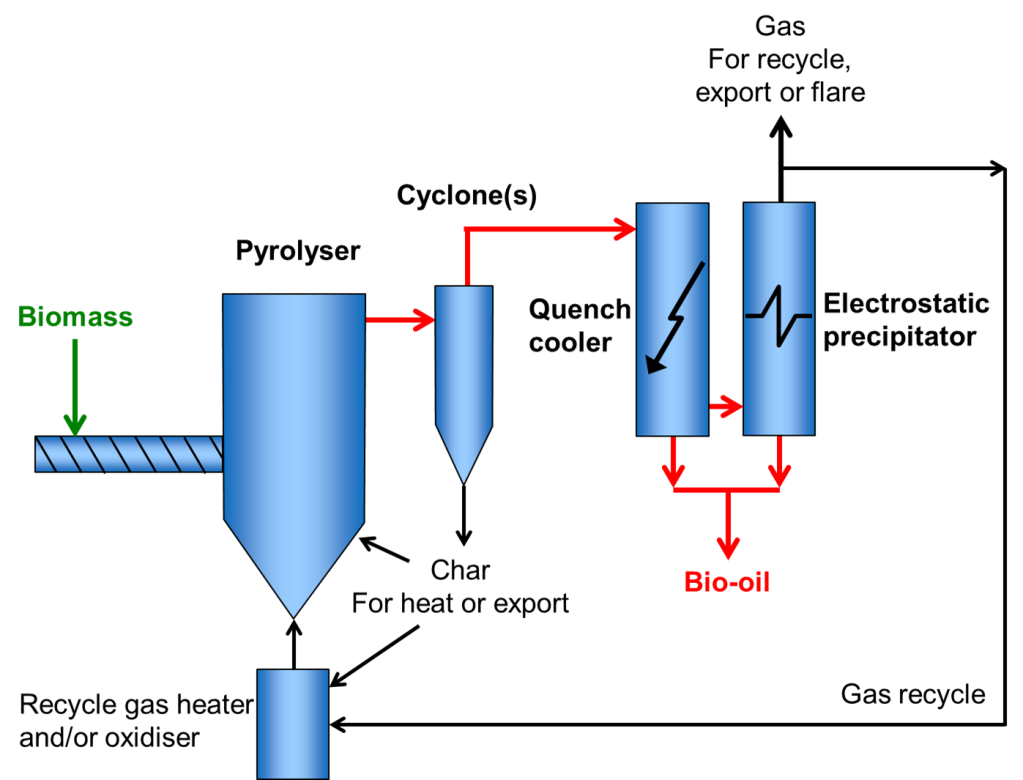Pyrolysis Systems: A Guide for Rural Living and Homesteading
As the world moves towards sustainable living, more people are turning to alternative energy sources. One such source is pyrolysis systems. Pyrolysis is a process of heating organic materials in the absence of oxygen to produce biochar, bio-oil, and syngas. These products can then be used as fuel or feedstock for other processes.
Pyrolysis systems have become popular among rural living communities and homesteaders because they offer a way to convert waste into energy while reducing environmental impact. In this guide, we will explore the different types of pyrolysis systems available, their benefits and drawbacks, and how they can be used in rural living and homesteading.
Types of Pyrolysis Systems
There are two main types of pyrolysis systems: batch and continuous. Batch pyrolysis involves heating a limited amount of organic material at one time until it reaches its desired temperature. Continuous pyrolysis involves feeding organic material into a heated reactor continuously.
Batch Pyrolysis Systems
Batch pyrolysis systems are typically smaller than continuous systems. They are ideal for small-scale operations like backyard gardening or small homesteads that generate little waste.
The primary advantage of batch pyrolysis is its simplicity – it requires less equipment than continuous systems do. Batch reactors can also be built with locally sourced materials like bricks or clay pots.
However, batch reactors have some disadvantages as well. The process takes longer since only a limited amount of material can be processed at one time. Additionally, the quality of the end product may vary depending on factors like moisture content or size distribution.
Continuous Pyrolysis Systems
Continuous pyrolysis offers greater efficiency than batch processes since it allows larger amounts of organic matter to be processed at once without interruption. It’s suitable for larger operations like commercial farms or larger homesteads that generate large amounts of waste.
The primary advantage of continuous pyrolysis is its efficiency. The process requires less labor and produces a more consistent product.
However, continuous systems are more complex and require more equipment than batch reactors. This can be costly for small-scale operations or those with limited capital.
Benefits of Pyrolysis Systems
Pyrolysis systems offer several benefits to rural living and homesteading communities:
1. Waste Reduction: Pyrolysis offers a way to convert organic waste into valuable products like biochar, bio-oil, and syngas.
2. Energy Independence: Pyrolysis provides an alternative source of energy for rural areas that may not have access to traditional sources like electricity or natural gas.
3. Soil Improvement: Biochar produced through pyrolysis can improve soil quality by increasing nutrient retention and reducing erosion.
4. Climate Change Mitigation: Pyrolysis reduces greenhouse gas emissions by diverting organic waste from landfills where it would produce methane gas as it decomposes.
Uses of Pyrolysis Products
Pyrolysis products have various uses in rural living and homesteading:
1. Biochar: Biochar can be used as a soil amendment to increase fertility, reduce erosion, and sequester carbon in the soil.
2. Bio-oil: Bio-oil can be used as fuel for heating homes or powering vehicles when refined into biodiesel or gasoline-like fuels.
3. Syngas: Syngas can be used to power generators that produce electricity for homes or businesses.
Drawbacks of Pyrolysis Systems
While pyrolysis offers many benefits, there are also some drawbacks:
1. Cost: Pyrolysis systems are expensive to purchase and maintain due to their complexity and need for specialized equipment.
2. Technical Expertise Required: Operating a pyrolysis system requires technical expertise and specialized knowledge.
3. Environmental Concerns: Pyrolysis systems, like any industrial process, have the potential to produce emissions that can harm the environment if not properly managed.
Conclusion
Pyrolysis systems offer an attractive solution for rural living and homesteading communities looking to reduce their environmental impact while producing alternative sources of energy and improving soil quality. The choice between batch or continuous pyrolysis depends on factors like scale of operation, available resources, and desired end products. While pyrolysis is not without its challenges, with proper planning and management it can be a valuable tool for sustainable living in rural areas.


Leave a comment